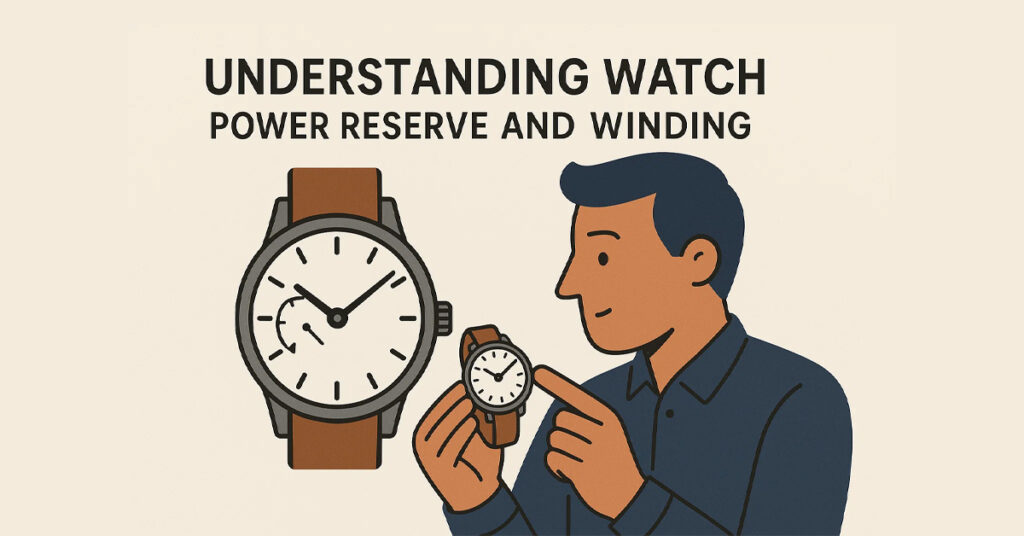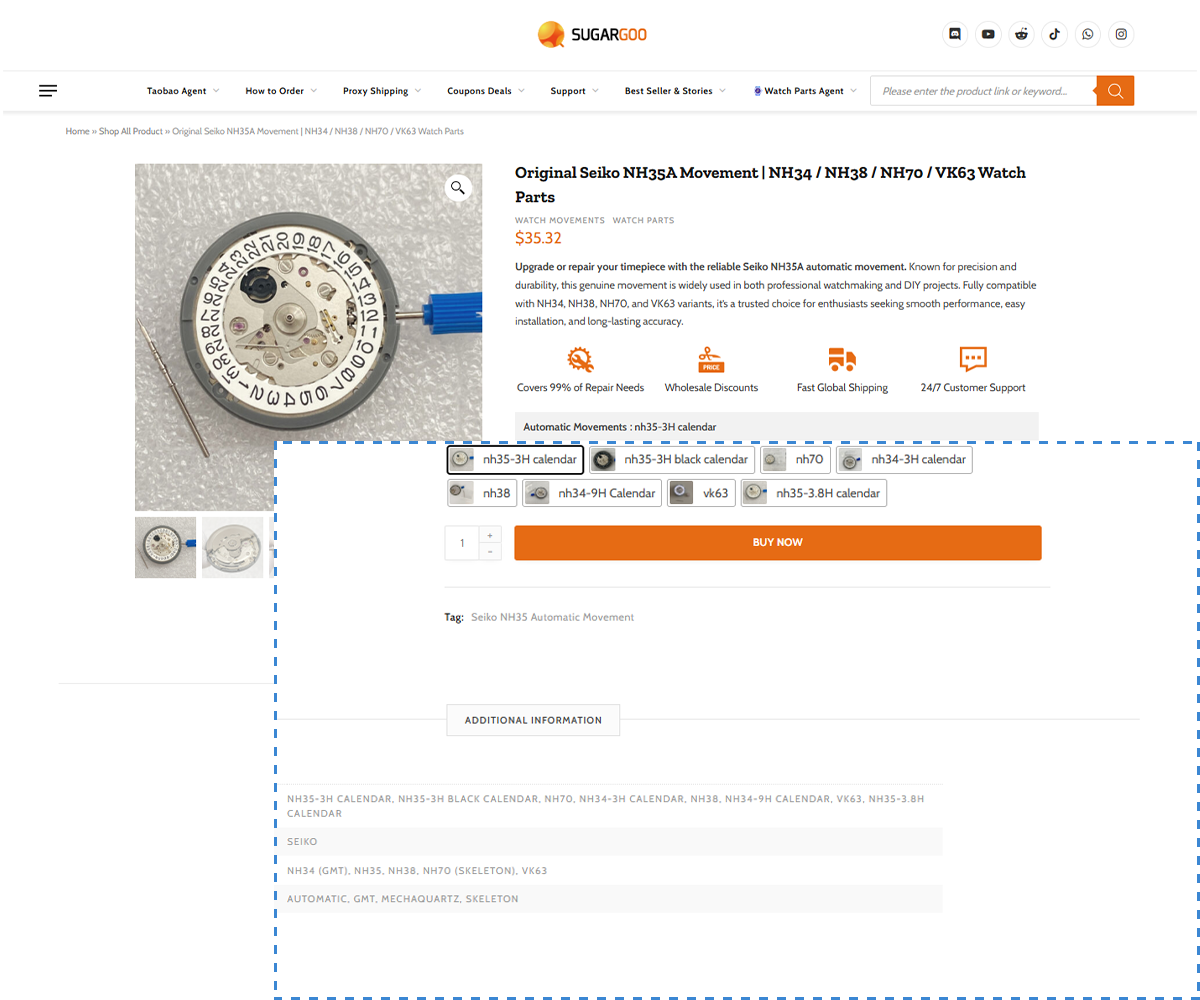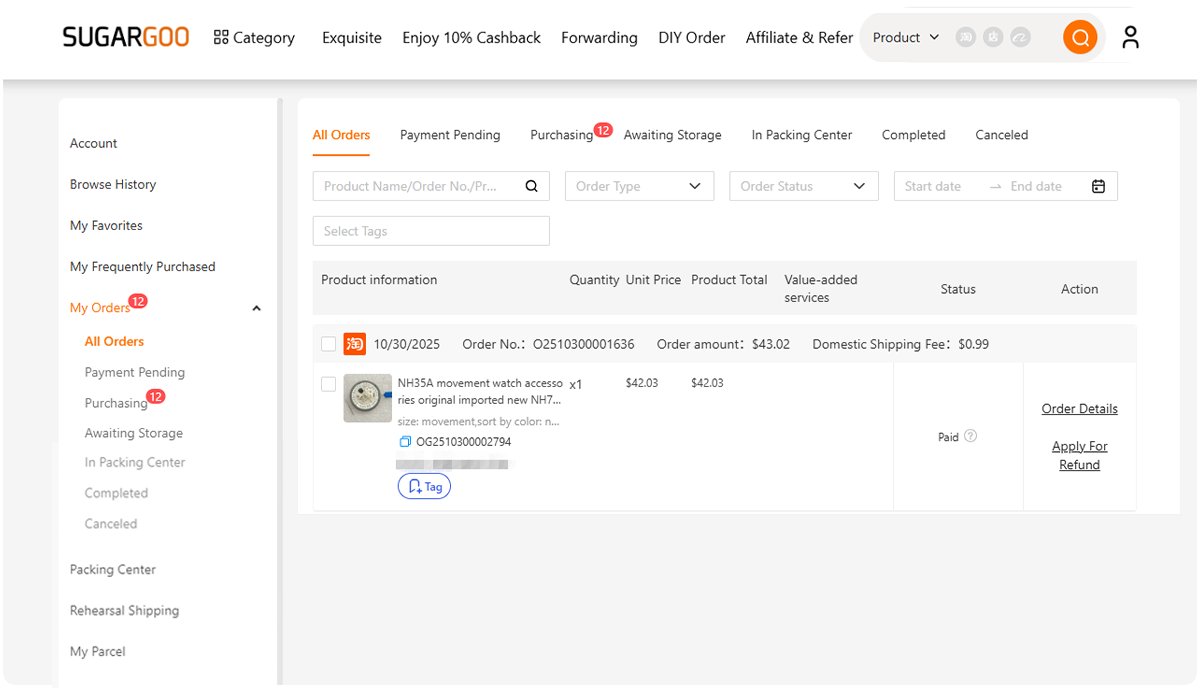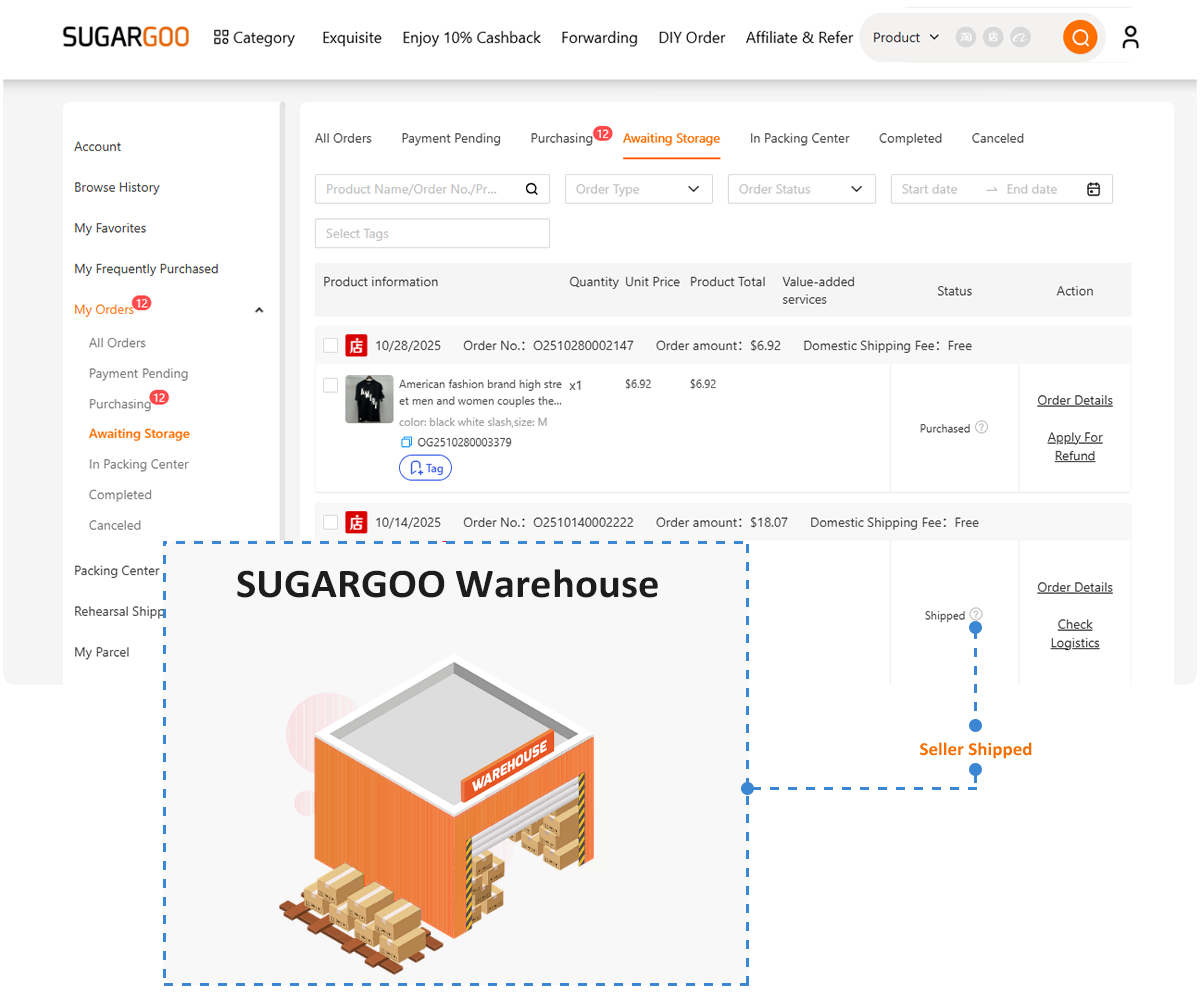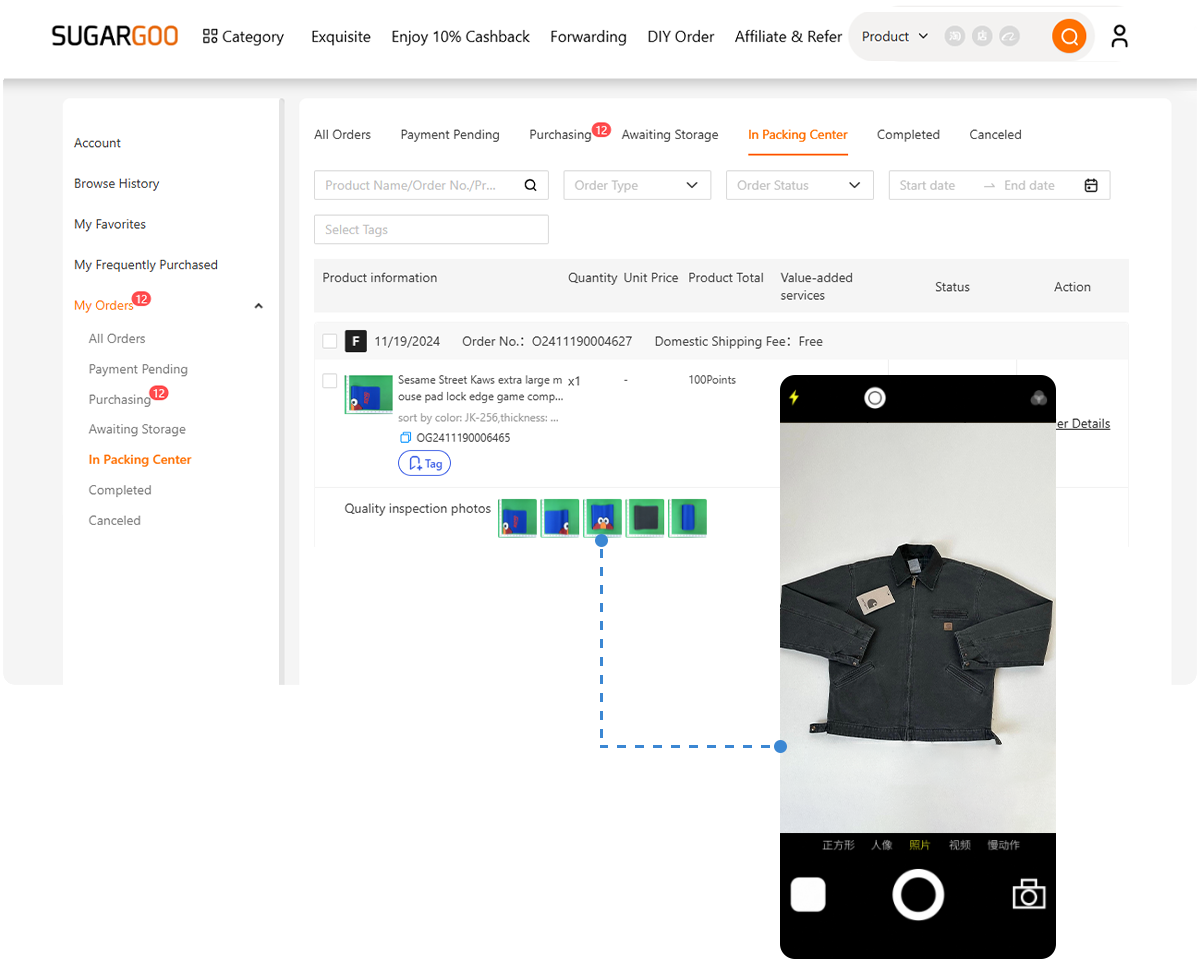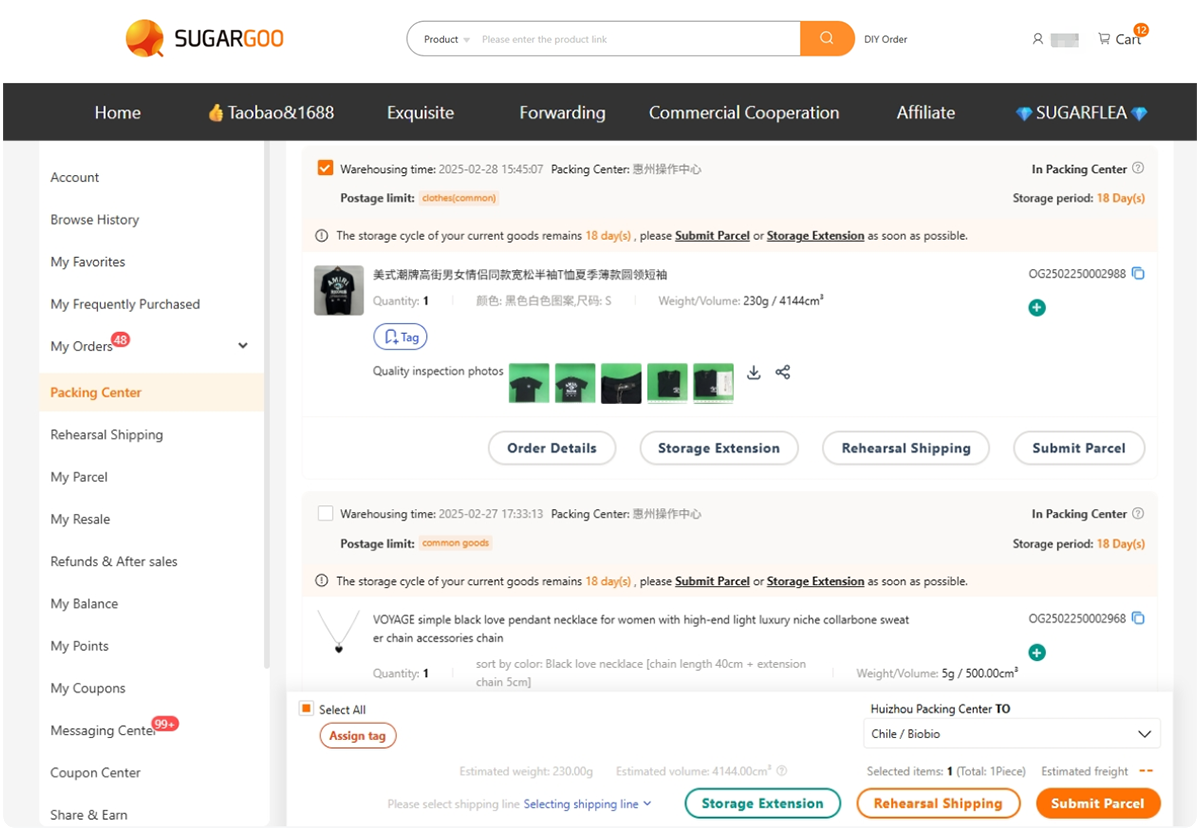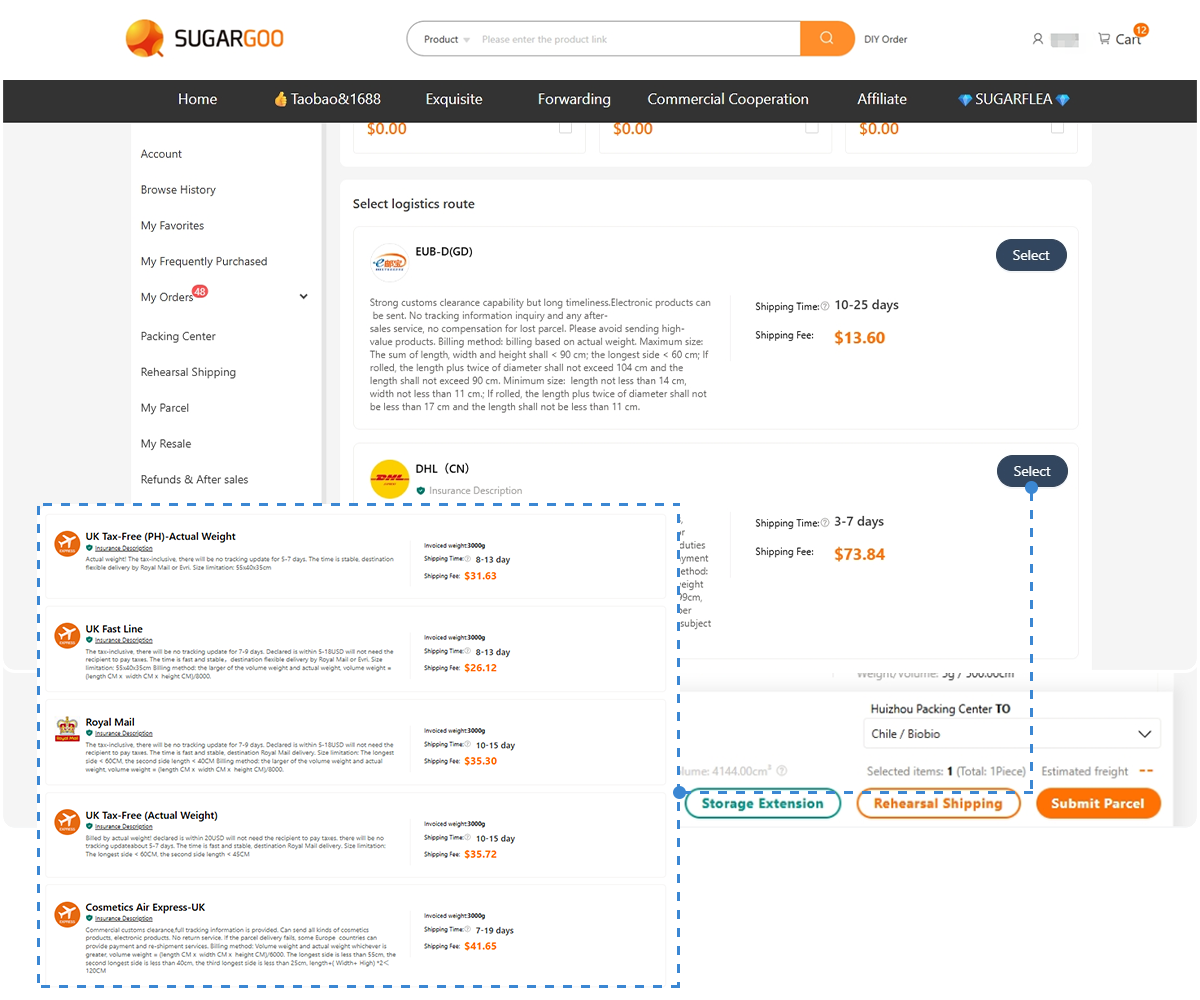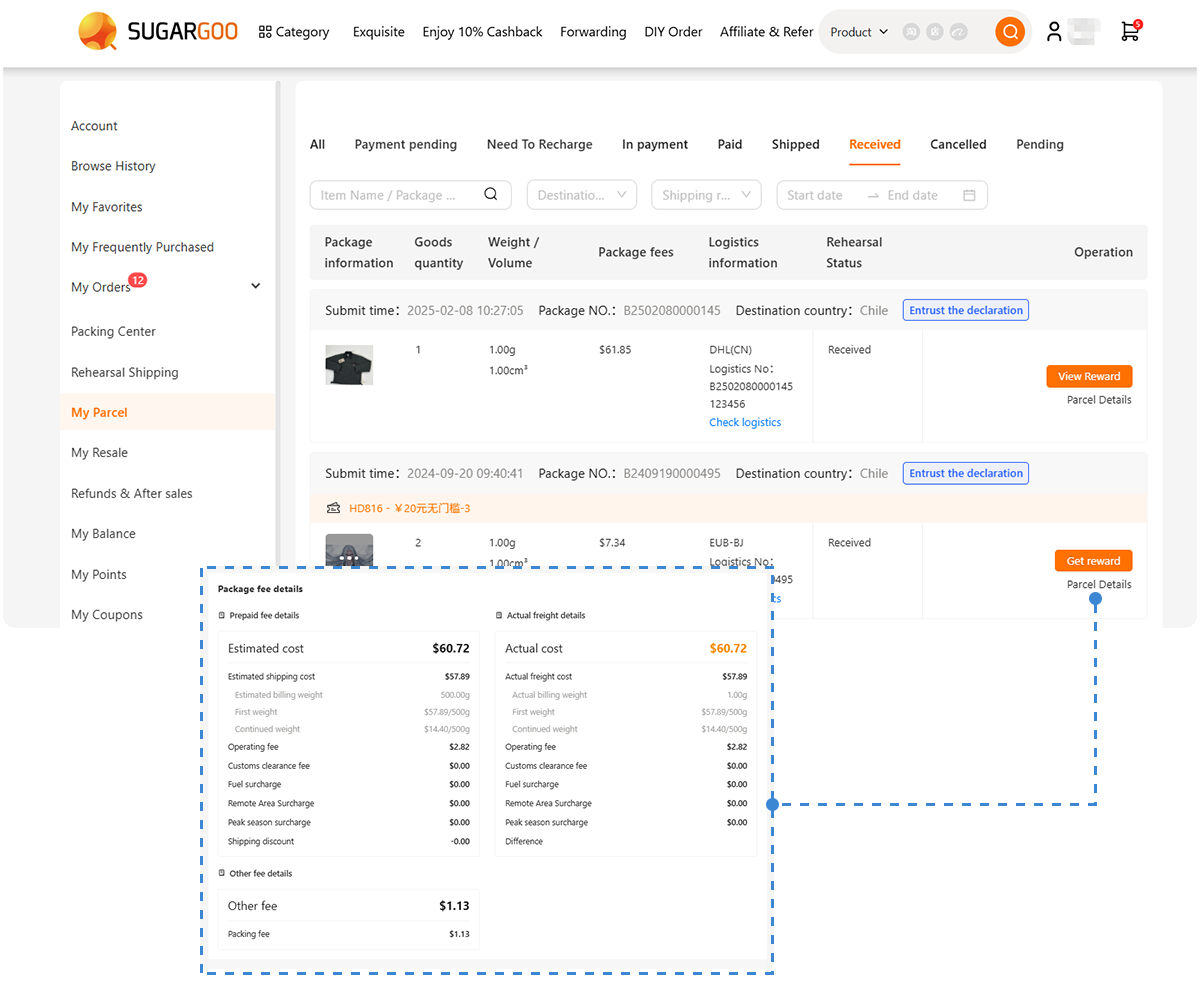If your watch stops running overnight, it’s not broken — it’s just tired. That “tiredness” comes from one thing: the power reserve.
Power reserve is the stored energy inside your watch’s mainspring. It’s what keeps your timepiece running — whether you’re wearing a Seiko NH35 diver, a Miyota automatic, or a Swiss ETA movement.
Understanding how winding works and how power reserve behaves helps you get better accuracy, longer lifespan, and fewer surprises when your watch suddenly stops. New to modding? Join vibrant watch modding communities to learn from experts.
1. What Is Power Reserve
Every mechanical watch uses a mainspring, a long, coiled metal strip that stores energy when wound. As it slowly unwinds, it transfers power through the gear train, escapement, and balance wheel, keeping time.
The power reserve is how long that stored energy lasts — usually between 36 and 80 hours, depending on the movement.
When the mainspring unwinds completely, your watch stops. Winding it — manually or through automatic rotor motion — tightens the spring again.
2. How Winding Works
Mechanical movements use two types of winding systems:
| Type | Description | Example Movements |
|---|---|---|
| Manual Winding | You turn the crown directly to tighten the mainspring | ST36, Unitas 6497, ETA 2801 |
| Automatic Winding | Rotor spins as you move, winding the spring automatically | Seiko NH35, Miyota 8215, ETA 2824 |
Automatic movements also support manual winding through the crown, though the main source of power is wrist motion.
Inside every automatic watch is a small semicircular rotor that rotates freely with gravity. Each swing winds the mainspring a little more.
When you move your wrist normally for 6–8 hours, the rotor keeps the mainspring near full tension. Learn more about movement differences in The Difference Between Mechanical and Quartz Movements.
3. Typical Power Reserve Ratings
Here’s a quick reference table comparing popular movements by their reserve capacity:
| Movement | Power Reserve (Hours) | Notes |
|---|---|---|
| Seiko NH35 / NH36 | 41 | Reliable, 21,600 bph |
| Miyota 8215 / 9015 | 42–48 | Efficient winding rotor |
| ETA 2824 / SW200 | 38–40 | Classic Swiss standard |
| ST36 (Manual) | 45–50 | Depends on mainspring torque |
| NH38 / NH39 | 41 | No date complication |
| Automatic Chronographs (NE88, 7750) | 40–45 | Slightly higher friction losses |
So if your Seiko NH35 stops after about 40 hours, it’s perfectly normal — it just ran out of energy. For more on why this movement excels, check Why NH35 Is Perfect for First-Time Builders.
4. Manual Winding vs Automatic Winding
| Feature | Manual Winding | Automatic Winding |
|---|---|---|
| Energy Source | Crown rotation | Rotor motion from wrist |
| Control | Full user control | Passive, continuous winding |
| Maintenance Need | Regular hand-wind | Movement while worn |
| Risk | Overwinding possible | Clutch prevents overwind |
| Best For | Vintage or skeleton builds | Everyday use |
The NH35 movement has a slipping clutch mechanism — meaning you can’t overwind it. When the mainspring is full, it simply slips internally, protecting the barrel.
Manual-only movements (like ST36) lack that feature, so wind until you feel resistance, then stop. Dive deeper into Seagull ST36 Reviewed.
5. Signs Your Watch Needs Winding
If your automatic watch shows any of these behaviors, it likely needs a full wind-up:
- The second hand hesitates or stops intermittently
- The date changes slowly or halfway
- The power reserve drops after one night
- The balance amplitude (swing) looks weak
- The rotor spins freely but the watch doesn’t start
Start by manually winding the crown about 30–40 full turns (for NH35 and similar). Then wear it for a few hours to maintain reserve through motion. If issues persist, see 10 Common Watch Problems & How to Fix Them.
6. How to Wind a Watch Correctly
Follow this safe and repeatable process:
- Unscrew or pull out the crown to the first position (winding mode).
- Turn clockwise slowly — about one rotation per second.
- You’ll feel light tension build.
- For automatic watches, 30–40 turns is enough.
- Stop when resistance increases or after 50 turns max.
Avoid winding counterclockwise; most modern automatics only wind in one direction. Always wind off your wrist to prevent stress on the stem.
For Seiko NH35 builds, refer to How to Replace a Watch Crown and Stem Step by Step if your winding feels rough or inconsistent.
7. How Long a Fully Wound Watch Should Run
Power reserve time varies slightly depending on friction, lubrication, and age.
| Movement | Expected Duration | When to Service |
|---|---|---|
| NH35 / NH36 | 40–41 hours | 4–5 years |
| Miyota 9015 | 42–48 hours | 3–5 years |
| ETA 2824 | 38–40 hours | 3–4 years |
| ST36 | 45–50 hours (manual wind) | 3 years |
| Quartz | ~2 years (battery) | Replace when slow |
If your NH35 stops after just 20 hours, it’s likely low amplitude from dry oil or weak winding — cleaning and lubrication may be needed. Check Watch Oils and Lubricants Explained for proper service tips.
8. What Affects Power Reserve
Even a healthy movement’s runtime can fluctuate due to small factors.
| Factor | Effect on Power Reserve | Prevention |
|---|---|---|
| Wrist Movement | Weak motion = less winding | Wear 6–8 hours daily |
| Lubrication Quality | Dry oil increases friction | Service every 4–5 years |
| Temperature | Cold thickens oil | Avoid extreme cold |
| Magnetism | Causes amplitude loss | Use a demagnetizer |
| Worn Rotor Bearings | Reduces winding efficiency | Replace worn rotor axle |
| Crown Leaks | Moisture adds resistance | Replace gaskets regularly |
Keeping your watch clean and sealed isn’t just aesthetic — it preserves energy efficiency. See Watch Case Gaskets for seals that protect against dust and humidity. Also, explore How to Keep Your Watch Waterproof for more tips.
9. The Science Behind Energy Storage
A fully wound mainspring stores torque that gradually decreases as it unwinds. Power reserve is not linear — accuracy often drops near the end of the cycle.
On most movements:
- The first 10 hours: high torque, best accuracy
- The middle 20 hours: stable running
- The last 10 hours: amplitude decline
That’s why many enthusiasts wind their watches every morning — keeping it in the most stable range of torque.
10. Can You Overwind an Automatic Watch?
Short answer: No, not with modern calibers like NH35, Miyota 9015, or ETA 2824.
They include a slipping bridle system inside the mainspring barrel that prevents tension beyond full charge. When full, it simply slides instead of tightening further.
Manual movements (like ST36, Unitas) can be overwound, though — once you feel resistance, stop immediately.
11. Checking Your Power Reserve (Simple Home Test)
You can measure your actual reserve easily:
- Fully wind your watch manually.
- Start a timer or note the exact time.
- Leave the watch stationary on a desk.
- Record when it stops.
If your NH35 stops around 40–42 hours, it’s perfect. If it stops earlier than 30, check lubrication or rotor efficiency. Use a timegrapher from Watch Repair Tools to measure amplitude and confirm if friction is the cause.
12. How to Improve Power Reserve
You can’t increase the designed duration, but you can maintain it. Tips:
- Wind fully once a day if not wearing regularly.
- Avoid long inactivity — run it at least weekly.
- Keep away from magnets and moisture.
- Clean rotor bearing and gear pivots every few years.
- Replace worn mainspring when amplitude drops permanently.
Good care extends not just runtime, but accuracy — because the balance wheel depends on stable torque. Learn more in Understanding Watch Balance Wheels.
13. Understanding Manual Winding Watches
Manual wind watches are simpler — no rotor, just you and the crown. They’re ideal for learning torque control.
Wind once daily until you feel resistance. A full turn count varies by movement, but typically 25–35 turns.
Manual builds like ST36 are popular for skeleton or open-back designs because the movement itself becomes part of the art. Find compatible builds under Chinese ST Series Movements.
14. How Power Reserve Affects Accuracy
Accuracy depends on consistent torque to the balance wheel. As the mainspring unwinds, torque decreases — slowing the balance amplitude and slightly altering rate.
That’s why:
- Watches run fast when freshly wound
- Then steady for most of the cycle
- And slow near the end
A good power reserve ensures you stay in that steady middle zone. If you notice major time drift near the end, your oils or mainspring may need replacement. See How to Adjust Timekeeping on Your NH35 Watch.
15. Myths About Power Reserve
| Myth | Reality |
|---|---|
| “Automatic watches charge fully just by wearing them one hour.” | They need 6–8 hours of active movement. |
| “Leaving your watch running nonstop wears it out.” | Regular motion keeps oils distributed and prevents stiction. |
| “You can overwind any watch.” | Only manual-wind watches can; automatics have safety slips. |
| “Winders damage watches.” | Quality winders mimic natural motion and prevent drying oils. |
If you rotate multiple watches, a good winder can help maintain reserve without constant manual winding. Check out Watch Boxes and Storage for options.
16. When to Service Power System Components
| Component | Symptom | Solution |
|---|---|---|
| Mainspring | Reduced runtime | Replace or clean barrel |
| Rotor | Spins but doesn’t wind | Replace bearing or axle |
| Crown Gears | Grinding or slipping | Re-lubricate keyless works |
| Barrel Arbor | Jerky winding motion | Grease mainspring ends |
| Click Spring | Fails to hold tension | Replace spring clip |
All parts are available under Watch Movement Parts or through Sugargoo’s Watch Parts Collection with photos and QC verification.
17. Testing and Maintaining Power Reserve Over Time
Every 6–12 months, check your reserve manually. If you notice gradual loss of 2–3 hours, your oils are oxidizing.
You can perform light lubrication using Moebius 8200 or HP1300 equivalents — covered in Watch Oils and Lubricants Explained.
Always test after case resealing using Watch Case Gaskets to prevent moisture intrusion.
18. Where to Learn More or Buy Replacement Movements
You can source authentic and aftermarket movements with verified specifications on Sugargoo Watch Movements.
Browse by type:
You can also order winding tools, rotors, and barrels directly from Watch Repair Tools — ideal for full modders or watch hobbyists. For quality assurance, explore Sugargoo’s QC Service Guide.
19. Final Thoughts
Power reserve is more than a number — it’s how your watch breathes. Every swing of the rotor, every turn of the crown, every drop of oil in the barrel — all work together to keep time alive.
A well-wound movement doesn’t just keep running — it runs right. Learn its rhythm, maintain it, and your NH35 or ETA will reward you with years of precision.
Because in the end, the secret to timekeeping isn’t mechanics — it’s consistency. Ready to start modding? Check out Everything You Need to Start Watch Modding or explore Watch Mods That Impress.
